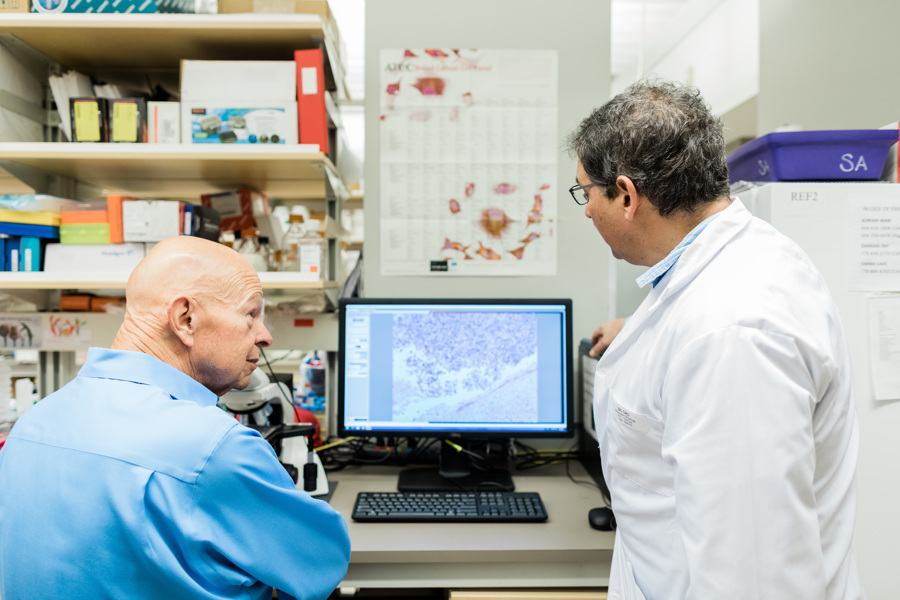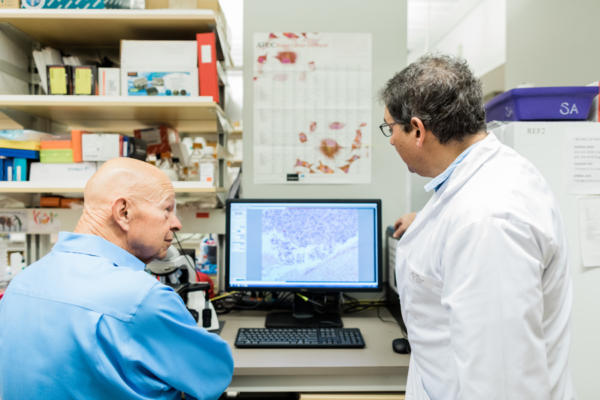- How do you do it? How do you run your foundation?
- What operating model do you use? Where/who did you get it from?
- Your model is unique and out of the box, how did you come to it?
Well, first off, I don’t run the foundation, Sanja, our Executive Director does and she is doing a fantastic job. However, Diane, myself, our family and close advisors help guide and shape the direction. The truth is, every Family Foundation is different, just like every family is unique in its own way. What helped us arrive to where we are today was getting clear on what we do and don’t want to be. To avoid getting too philosophical here, instead I will share five things we chose to focus on and explain how they shaped our operations.
- RELATIONSHIPS + CONNECTION. First, it was important to keep the foundation staff and overhead to an optimal minimum and avoid creating a bureaucratic type structure where we lose the direct connection with community. It is difficult to create trust and maintain open information flow when there are multiple layers and filters. Second, we wanted to focus on smaller number of organizations and develop authentic and aligned connections, because from my business experience (and life experience, as Diane just reminded me) I know this is a recipe for success.
- RESEARCH + UNDERSTANDING. Everyone who knows me will tell you I am a very curious person. This curiosity is also in the DNA of the Foundation. We spend up to 2 years researching a theme before we make a single dollar allocation. We rely on relationships and connections to help us understand the day to day context. And we’ve invested in processes like Grounded Space and Grounded Data to help us better understand the needs.
- TEST + LEARN: In business, you are constantly testing, learning, trying new things to keep up. In Philanthropy, testing and learning can be seen as risky with an explanation that “so many groups rely on you and you can’t let them down”. Maintaining the status quo, in my opinion, is letting them down. We live in a time and place of increased complexities and if we can’t keep up, we will be left behind in a social chaos. This is why we continuously tweak and evolve our operations. We also like to fund organizations who understand and embrace this approach.
- TAKE RISK: As an Entrepreneur I probably have a high appetite for risk. I can admit that, and it’s something we’ve embraced as an organization. We are often times the “first capital in” for a new project, research, platform. We de-risk the work for other future funders. We can get comfortable with playing this role because of #1, #2 and #3 above. The risks we take are measured and intentional. And sure, there will be times they will work out and other times when they won’t but we will know we tried to make something meaningful happen.
- COLLABORATE: You don’t get to be successful without the help of others. No one is truly “self-made”. We know we can’t do this work alone. I wrote about our limited capacity as individuals and organizations in my first letter. If we join forces we might be able to do something meaningful together. We’ve proven this with a number of Conconi Challenges we led over the years.
I think I wrote too much and this is where I leave you off. You’ll soon hear from Sanja in her letter series and as she shares where we are going NEXT.
All our best,
Bob Conconi

